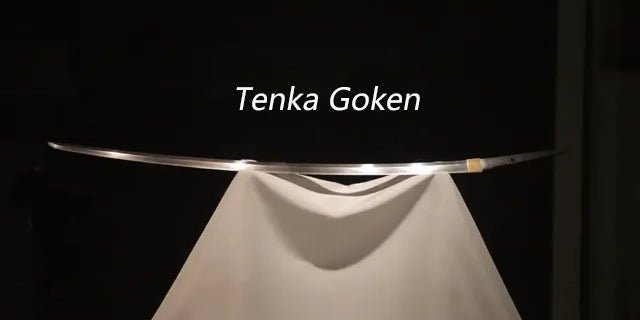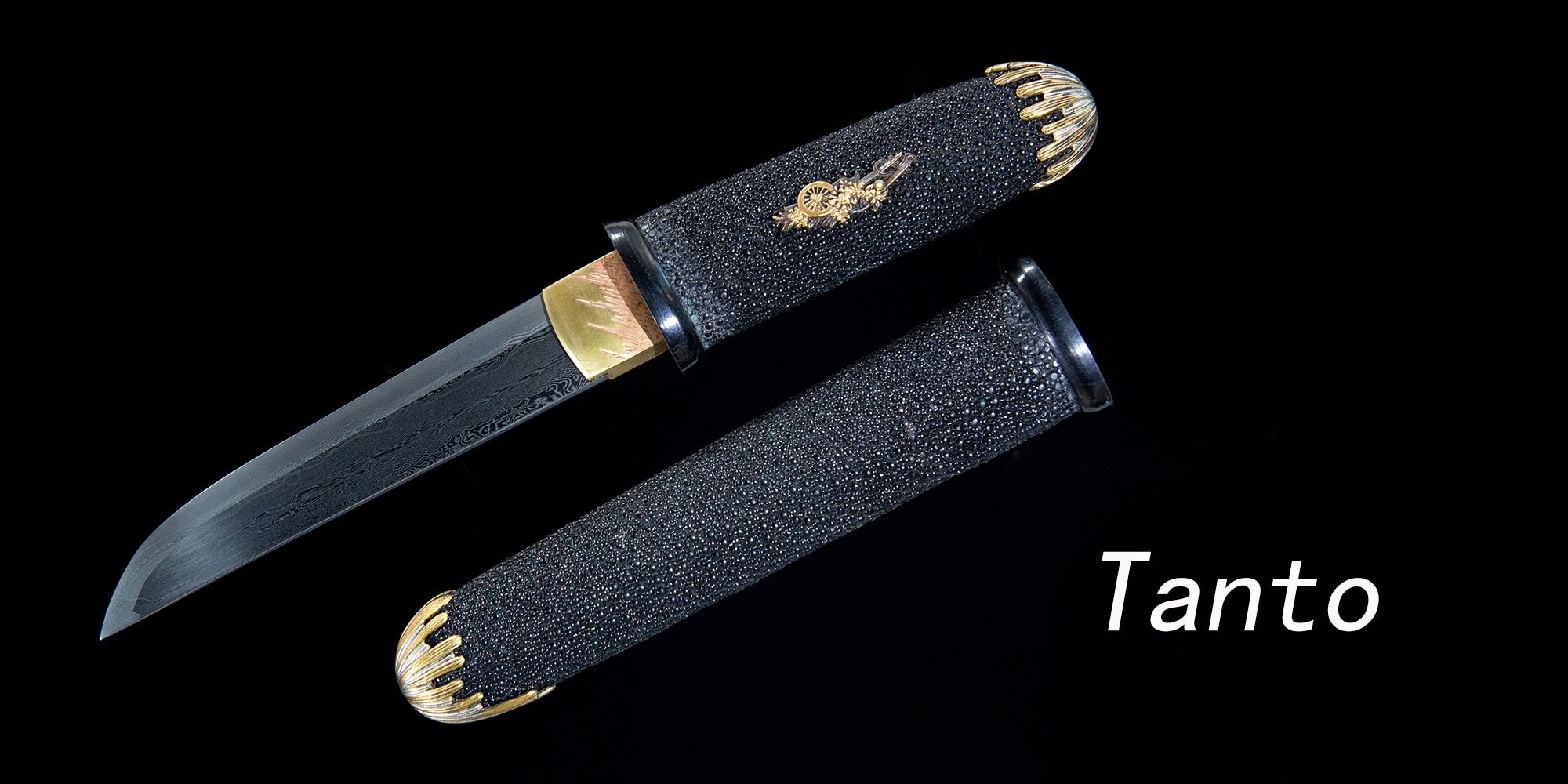Tsuka-Japanese sword handle type
What is tsuka in Japanese sword?
Tsuka is the handle of a Japanese sword. tsuka are constructed in many different ways and types, but the traditional tsuka is made of wood, custom fit to the foot of the blade, and held in place by 1-2 mekugi pins. The wooden handle is wrapped in samegawa, or the solid wood handle is held in place by mekugi only.
Tsuka type
The tsuka must have a good grip in use, with the right amount of thickness, too thick or too thin for good strength, and the length also affects the balance of the whole Japanese hand. The most difficult to master the use of the sword is to balance the power and speed, powerful people slow speed, fast people power is not enough, the two contradict each other, so the design of the tsuka for the function of the sword whether to give full play to the vital impact. tsuka in addition to practicality, in the art of the samurai is the expression of the prestige and taste style.

Jabara-ito maki-zuka- Sword hilt wrapped entirely with jabara-ito. Usually very decorative hilt wrapping.
Kawamaki-zuka- Sword hilt wrapped in leather, e.g.
Samegawa-zutsumi no tsuka- General term for ahilt with a rayskin cover.
Ito-katate maki-zuka- word hilt wth a flush keatatemaki wrapping of lit. "thread," i.e. usually of a thin twisted jabara-ito braid.
Nurigome-zuka-- Lacquer hilt, i.e. sword hilt that is just lacquered and which does not feature any same or tsukamaki.
Karaki-zuka-Unwrapped hilt o plain karaki, usually Senna siamea (tagayasan)
The first two are the more common types of tsuka, generally used for katana and tachi and wakizashi mostly. This type of tsuka is laminated with a layer of samegawa and then wrapped with a shank rope (tsuka-maki) on the outside, and there are more than a dozen ways to wrap it. There is also a tsuka that is wrapped around the samegawa without a handle rope, and it is generally used only for tanto, the third type of tsuka, the samegawa-zutsumi no tsuka.
It is not uncommon for a Japanese sword to have several tsuka at the same time, and it has always been fashionable for samurai to change their tsuka to match different outfits or to attend different occasions.



Leave a comment
This site is protected by hCaptcha and the hCaptcha Privacy Policy and Terms of Service apply.